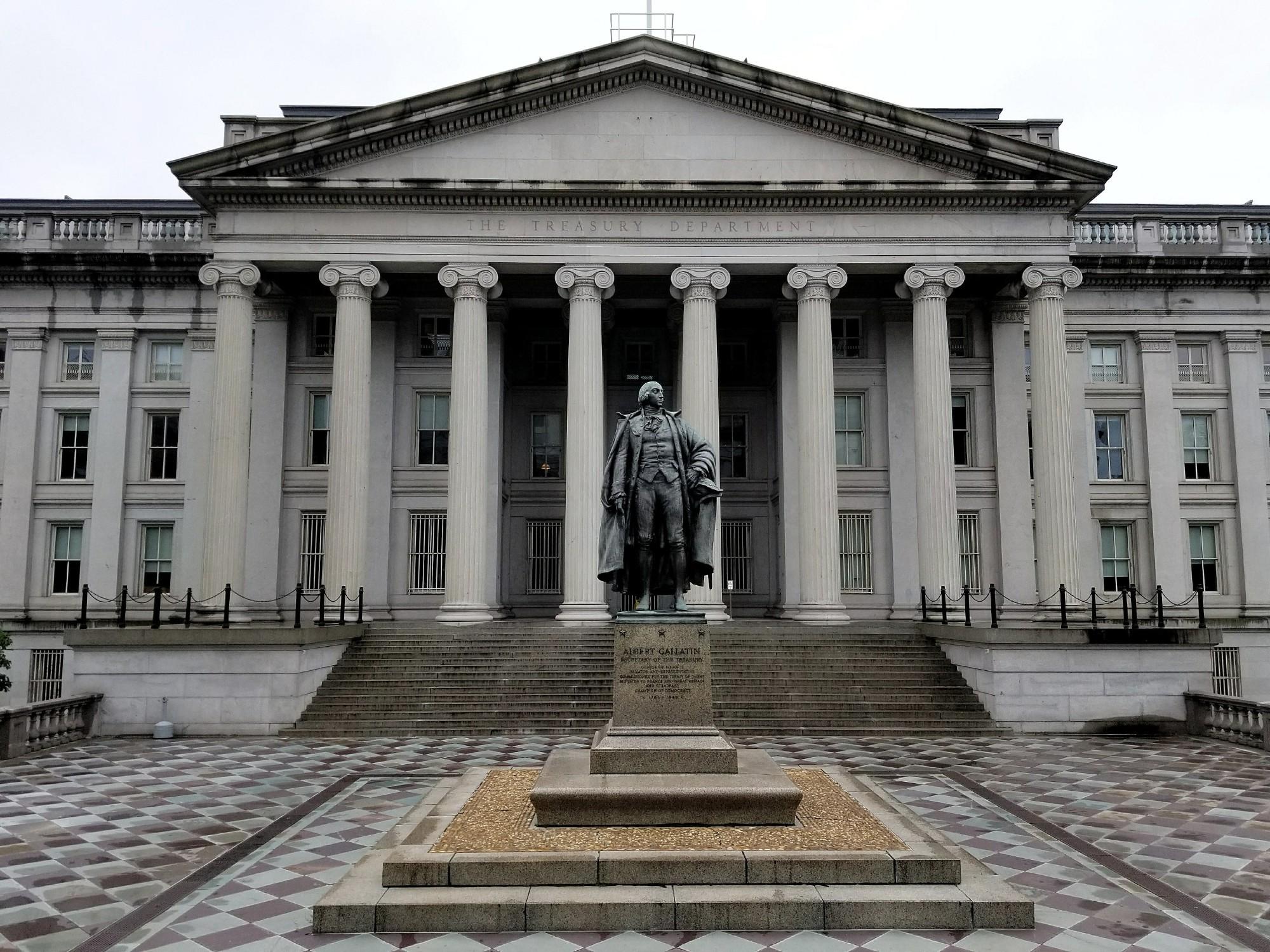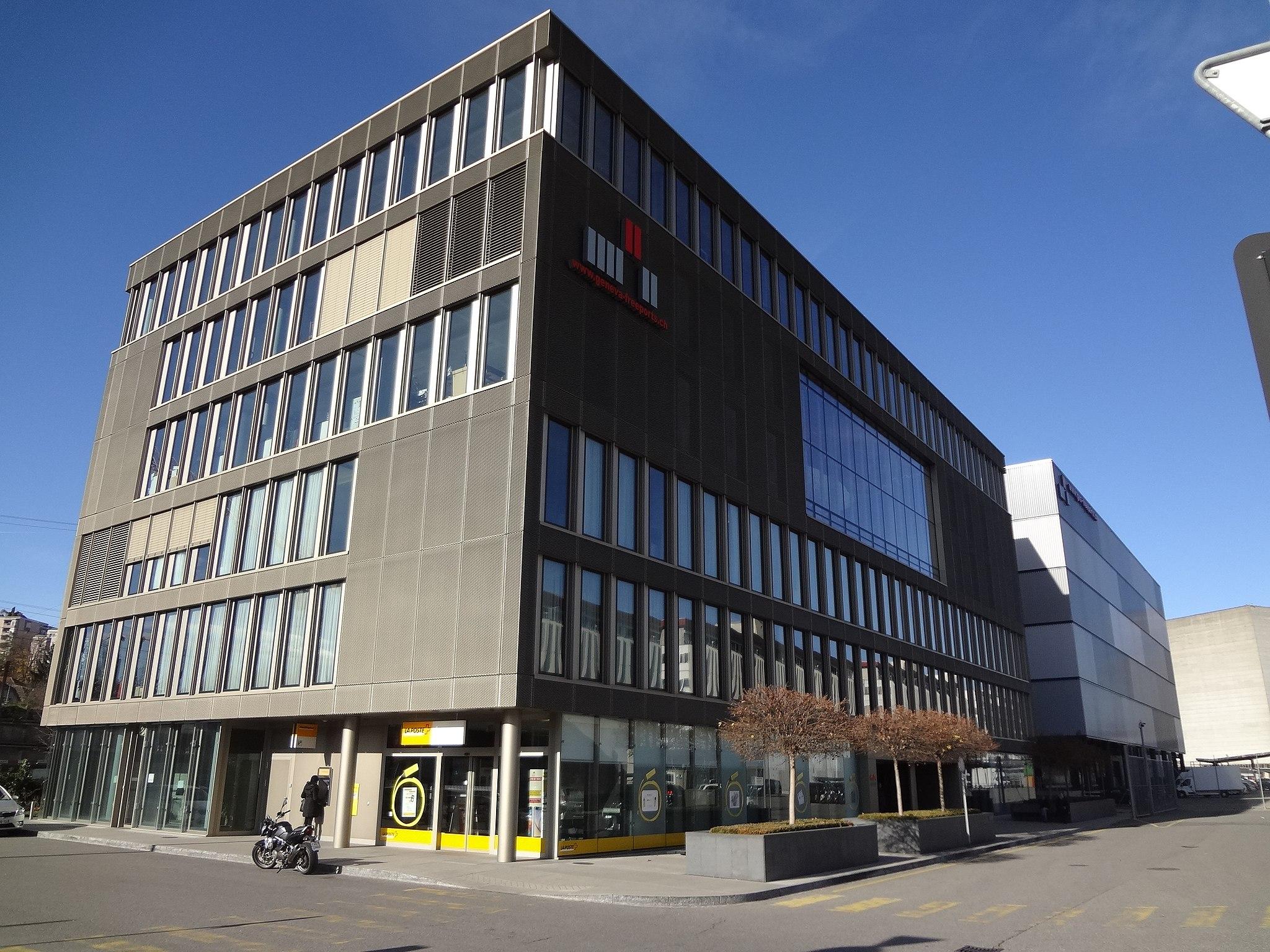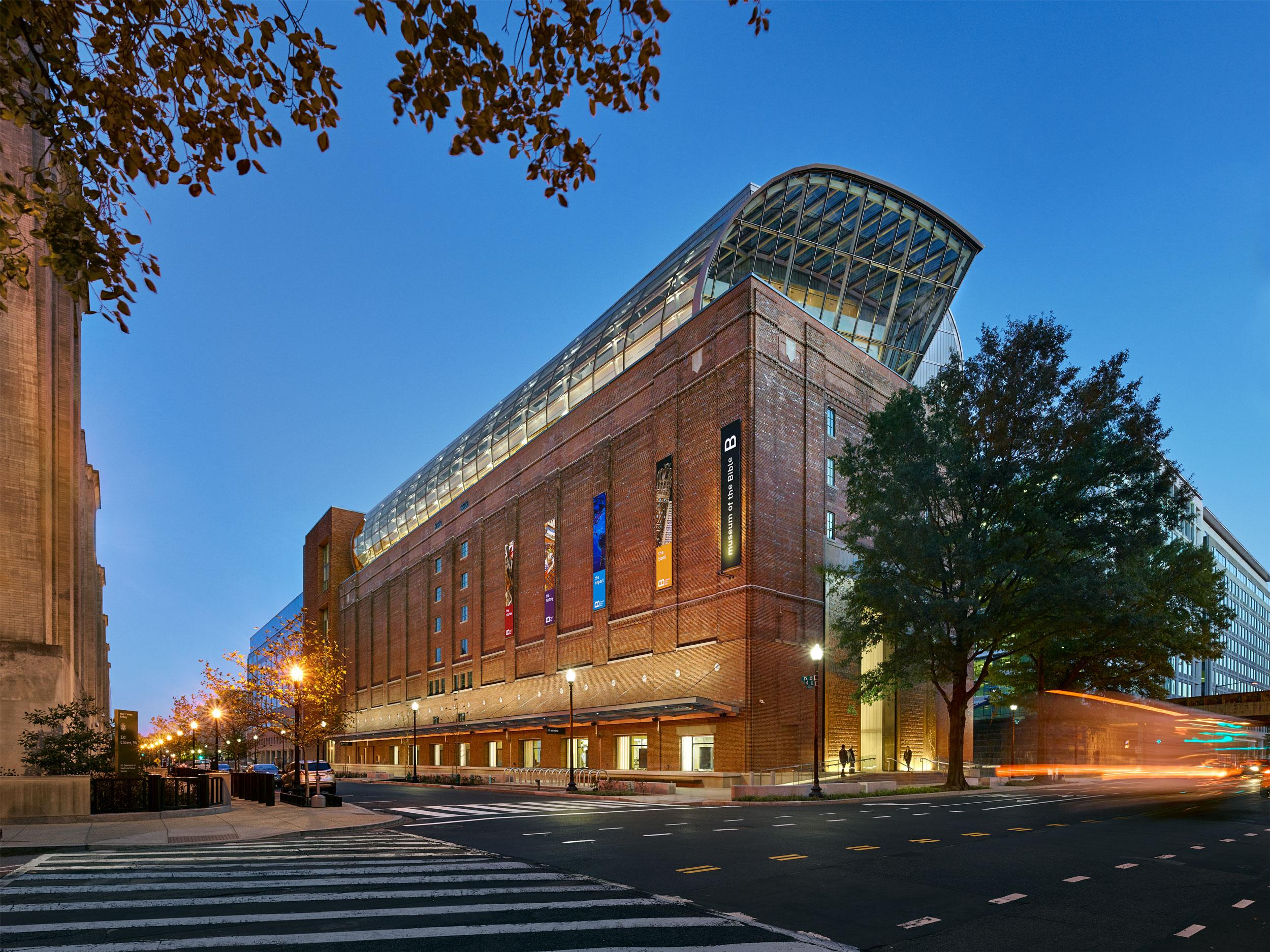The AML takes the first steps in following through with the OFAC's recommendations and includes provisions requiring art galleries, museums, private art collectors, auction companies, agents, brokers, and other participants in the art market to keep a comprehensive list of those they deal with in order to prove they’re not allowing illegitimate parties access to the U.S. financial system. Their report lays out how the anonymity of the art market paired with the potentially very high price tags of some works provides an ideal opportunity for those on the SDN List to sneak their way into the market. According to their report, “These avenues for maintaining anonymity allow blocked persons and other illicit actors to obscure their true identities from other market participants, and help to hide prohibited conduct from law enforcement and regulators. The mobility, concealability, and subjective value of artwork further exacerbate its vulnerability to sanctions evasion.”
This new legislation is the first step in closing major financial loopholes. The OFAC's report cited several key examples of how parties use the art market to move money and avoid sanctions. Nazem Said Ahmed, a prominent Lebanon-based diamond dealer and art collector who is a major supporter of Hezbollah, used his art collection worth tens of millions of dollars and including Picassos and Warhols, to launder money for the terrorist organization through his Beirut gallery. The AML seeks to close these routes of money laundering.
Previously, the art world has had little oversight, and critics have long called for greater regulation. The OFAC report also suggested that those dealing in international art sales who may be vulnerable to unintentionally violating their regulations “assess the risks they may face and consider implementing measures reasonably designed to reduce such risks, including by conducting risk-based due diligence, as appropriate.”



























